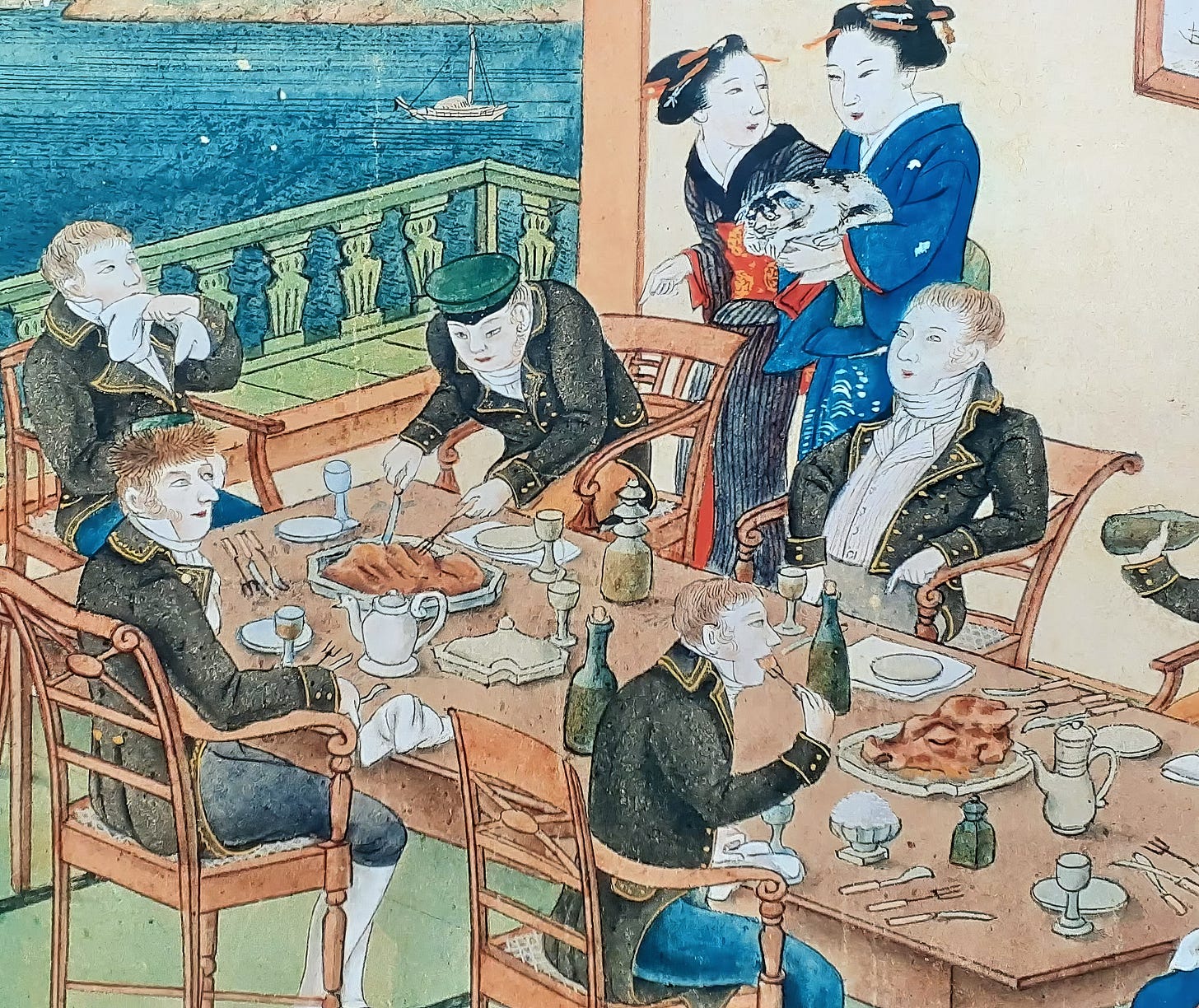Myth of an Unbroken Imperial Line – Origins of Emperor Jimmu’s 660 BCE Accession
Influence of Chinese Astronomical Calculations on Japan’s Imperial Chronology
Today, I will provide further insights into the theory of Emperor Jimmu’s accession in 660 BCE, which serves as the foundation for the concept of an unbroken imperial lineage in Japan.
One of the central pillars of Japan’s imperial legitimacy is the theory of an unbroken imperial lineage (万世一系, bansei ikkei), which claims that the Japanese imperial family has ruled continuously since Emperor Jimmu’s accession in 660 BCE. However, historical analysis suggests that this date is not based on verifiable historical records but rather on ideological constructs shaped by political and astronomical influences.
In my previous article, I discussed how the prewar elevation of the unbroken imperial lineage theory was not a historical fact but rather a modern ideological construct. Today, I will further explore the origins of the 660 BCE accession date of Emperor Jimmu and its connection to China’s astronomical and calendrical calculations.
The Political and Technological Context of the 7th Century
The idea of an unbroken imperial lineage has dominated Japan’s national identity from the prewar period to the present day. However, the dating of Emperor Jimmu’s accession to 660 BCE lacks historical validity and was likely determined centuries later through advanced calendrical calculations.
Japan’s ability to make such calculations was not possible until the early 7th century, after acquiring the necessary Chinese calendrical technology via Baekje (百済) monks around 602 CE. This suggests that Jimmu’s accession date was not an ancient historical record but rather a product of 7th-century political and intellectual advancements.
At the center of this development was Empress Suiko (推古天皇, r. 593–628). However, she was largely a figurehead, with Soga no Umako (蘇我馬子) and Prince Shōtoku (聖徳太子) holding real power behind the scenes. This political triumvirate played a crucial role in Japan’s first major Sinicization process, which included the introduction of Buddhism and the adoption of Chinese statecraft techniques.
One of the key aspects they learned from China’s imperial system was the strategic use of official historical records to legitimize authority. Ancient Chinese dynasties meticulously recorded historical events using sophisticated calendrical and astronomical methods, reinforcing the power and divine legitimacy of their rulers. The influence of this system on Japan was profound.
The Creation of Japan’s First Historical Records
The compilation of Japan’s first historical texts predates even the Kojiki (712) and Nihon Shoki (720). According to the Nihon Shoki, the earliest historical writing projects were initiated by the Suiko-Soga-Shōtoku triumvirate. These projects were likely supported by naturalized scholars from China and Korea, who brought with them advanced historical and astronomical knowledge.
Ancient Chinese historians, particularly Sima Qian (司馬遷, 145–86 BCE), whose Records of the Grand Historian (史記, Shiji) became a foundational text, utilized astronomical calculations to determine the reign periods of past emperors. Japan’s rulers found this method highly appealing as a way to solidify their own legitimacy.
This suggests that the dating of Jimmu’s accession to 660 BCE was calculated in the early 7th century using imported Chinese methods. The Nihon Shoki records that Jimmu ascended the throne during a Xin-you (辛酉) calendrical cycle, which provided the basis for later calculations.
How the 660 BCE Date Was Finalized in the Meiji Era
Fast forward to the Meiji period (1868–1912)—when Japan officially adopted the Western Gregorian calendar in 1872—the previously used lunar-solar calendar was reevaluated, leading to the finalization of Jimmu’s accession date as 660 BCE.
However, the concept of converting Japan’s historical lunar-solar dates into a Gregorian framework had already been explored over a century earlier by two key figures of the Edo period (1603–1868):
Arai Hakuseki (新井白石, 1657–1725), a Confucian scholar and bureaucrat of the Tokugawa shogunate, who authored Seiyō Kibun (西洋紀聞, Western Records), incorporating knowledge gained from Dutch traders in Nagasaki, including the Gregorian calendar. It is possible that he was the first to propose 660 BCE as Jimmu’s accession date using Western calendrical methods.
Kamo no Mabuchi (賀茂真淵, 1697–1769), a scholar of Kokugaku (national learning), who may have been influenced by Arai Hakuseki’s theories. Although the exact process by which he contributed to the 660 BCE hypothesis remains unclear, his broad academic scope suggests that he played a role in reinforcing the idea.
A Prewar Ideological Reinforcement
By the late 19th and early 20th centuries, as Japanese nationalism intensified, the unbroken imperial lineage theory was further strengthened, culminating in the prewar state mythology of an eternal imperial dynasty.
However, before World War II, a groundbreaking scholar challenged this view, arguing that the 660 BCE date was not a historical fact but a calculation based on ancient Chinese astronomical methods. In my next article, I will explore this figure and their contributions to demystifying the imperial chronology.



